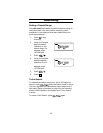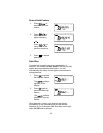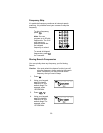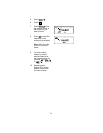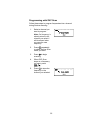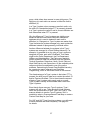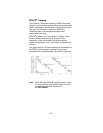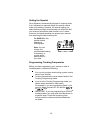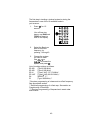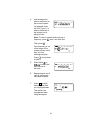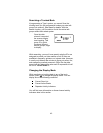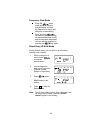
Trunk Tracking
Your UBC245XLT is designed to track Motorola Type I,
Type II, Hybrid, SMARTNET™, PRIVACY PLUS™, and
EDACS
®
analog trunking systems* on any band. When
tracking these types of systems, you may want to
remember these important points:
■ Your scanner defaults to monitor Motorola Type II
systems; however, you can change this if the
system in your area is different. (The types of
systems are discussed below.)
■ If you have internet access, you can visit
www.trunktracker.com or
www.bearcat1.com/free.htm for current news
and frequency information about Trunk Tracking
Scanning.
■ You may experience slight interference in some
900 MHz frequencies, which may be reduced by
moving away from strong transmission sources.
*
Motorola, SMARTNET, and PRIVACY PLUS are trademarks of Motorola
Inc. EDACS is a registered trademark of the Ericsson Corporation.
Types of Trunking Systems
Trunking systems divide a few frequencies among many
different users, but the way that each system does this is
slightly different. There are really two types of trunking
systems (other than EDACS) which are important when
using your TrunkTracker™ scanner. These are usually
referred to as Type I and Type II systems. Type I only
occurs on some 800 MHz systems. All VHF, UHF and 900
MHz trunking systems (other than EDACS) use Type II.
One important distinction between these two systems is
the amount of data transmitted by each radio when its
push-to-talk button (PTT) is pressed. Every radio in a
trunked system is assigned a unique ID so the central site
computer can identify it when it’s used. Both Type I and
Type II systems place radios (or radio users) into groups,
called talk groups, and these talk groups are also assigned
unique IDs. Some radios have access to only one talk
36



